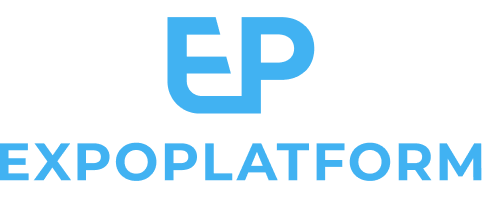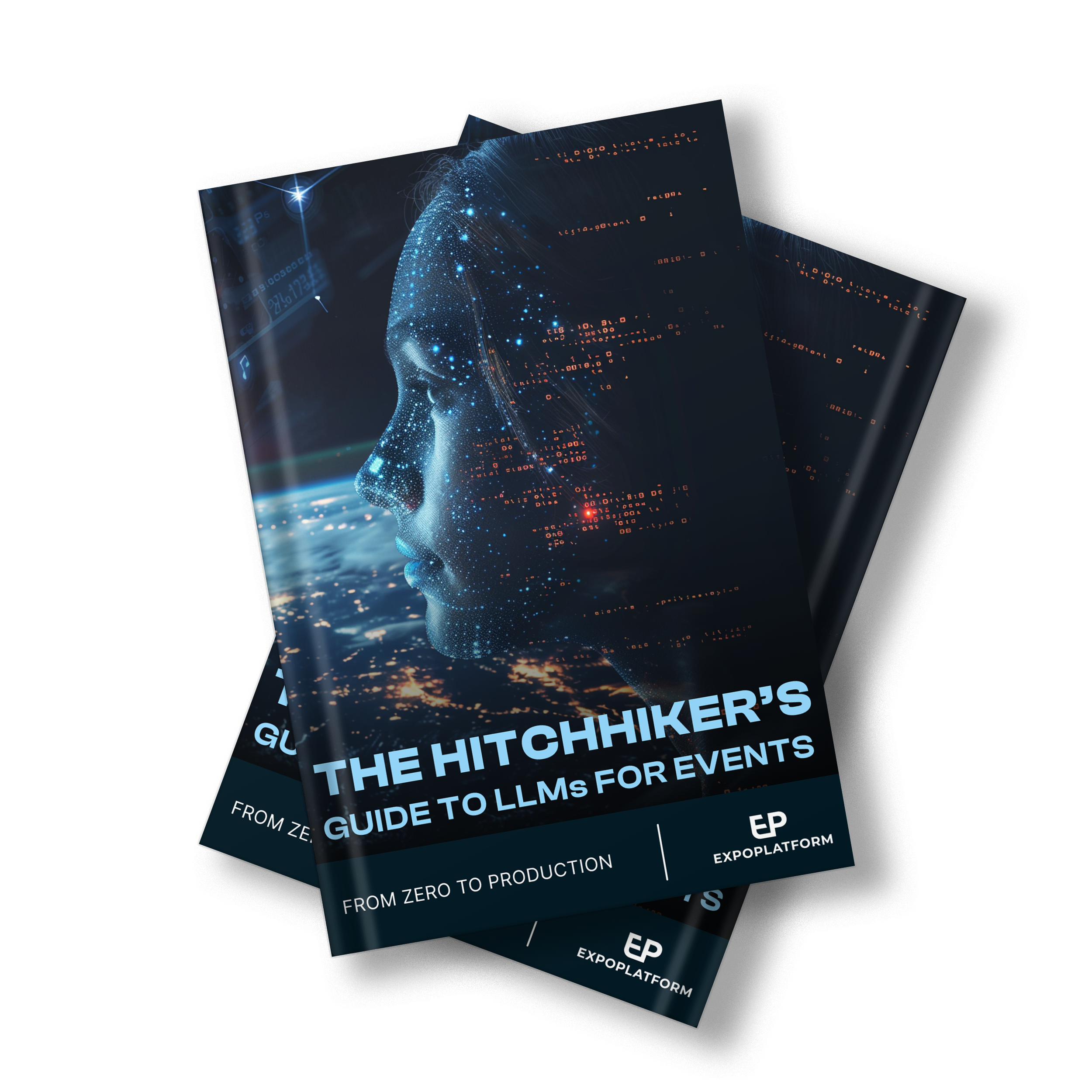
Listen, Co-Create, Distribute – 5 ways to embrace and feed your event community
The need to adapt and digitalise the exhibition model was already dominating headlines before the onset of the Covid-19 pandemic. A rising average age of visitors and a decline in Net Promoter Scores told us the industry was struggling to entice the next generation of attendees long before international events ground to a halt.
Key to our success in this new approach will be the ability to use data in an intelligent way and provide more targeted results, embracing our communities as we evolve towards an increasingly digital, year-round proposition
Here, Luke Bilton, ExpoPlatform’s newly appointed Chief Growth Officer, suggests five ways to help you grow an online community as part of your event business.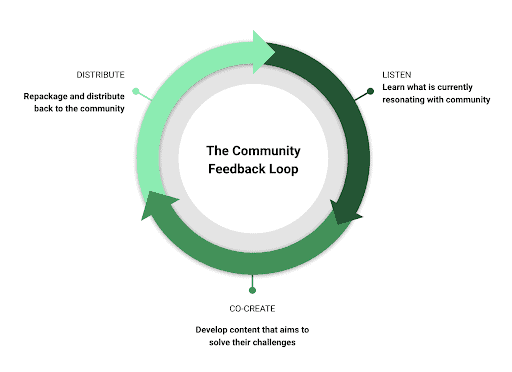
1) Keep yourself central to the conversation
There is a risk in stepping away from your market for one or even two years. It creates a gap in the market that your audience may seek to fill with other sources of news, workflow tools and networking technologies.
This doesn’t necessarily mean you have to run the event. But you have to find meaningful ways to keep yourself at the heart of the community, solving their problems through a mix of digital formats. Strategic consultancy AMR International has been saying for some time organisers should “no longer think of themselves as pure event organisers. Rather, they need to become community catalysts – facilitating business, connections, education and advocacy”.
Start by asking yourself what value proposition we contribute in this market, and how this can be delivered through digital channels.
2) Mind the gap
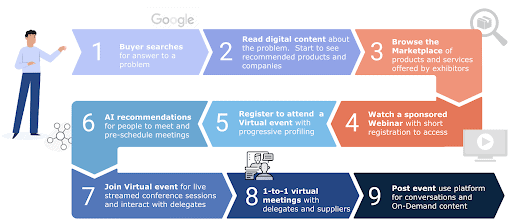
A major pain-point is the disconnected experience organisers (and I’d include myself in that) were delivering last year. To move quickly we all grabbed different technologies and tried to integrate them, with varying degrees of success. It’s hard to get that right, and the downside is data gaps between platforms, constantly re-registering, and a customer who is treated anonymously with very little personalisation.
Aim for a seamless experience so that customers don’t have to jump between platforms. This means organisers can progressively build richer profiles of the audience and offer increasingly personalised products and recommendations.
3) Listen and learn more about their needs
The community feedback loop starts with listening and responding to data. Listening to the challenges and hopes of community members is the first step to communicating in a way that will resonate, bringing you closer to finding the ‘secret sauce’ for your community,
By using a mixture of customer interviews, surveys, web analytics, social listening tools you can come up with powerful insight into what your community cares about.
4) Co-create content with the community
Communities should help to tell the story of whatever is important, to shine a light on members’ most pressing concerns, and to suggest solutions. Aim to solve common challenges by co-creating content with other community members who have overcome a similar challenge – identifying the most helpful and influential people in your ecosystem.
Aim to solve common challenges by co-creating content with other community members who have overcome a similar challenge – identifying the most helpful and influential people in your ecosystem.
Community-driven content should be the authentic voice of people within the ecosystem, giving the mic to those who have first-hand experience. Their insights can be repurposed into a variety of formats, webinars, ebooks, articles, videos and infographics.
5) Distribute and measure
The next stage is to package and distribute that content across digital channels and measure the response. Certain channels, such as search engines, are more important than others and should play an important role in your strategy. With upwards of 70 per cent of B2B media traffic coming from search engines, make sure your site is optimised to attract buyers with intent.
The Community Feedback loop is not particularly different to the way that event organisers and brands have worked in the past. The difference is the speed of learning which is now possible. Both at listening and at distribution stages, there is a huge amount of data available to learn from and shape the next iteration of the cycle.
Every article and social post is an opportunity to gain insight into what resonates with your community.
This is a pivotal time for our industry to future-proof our businesses. With the right adaptations to our value proposition and by integrating new technologies, there’s no reason why we can’t accelerate fast out of this strange period.
There's more you might like
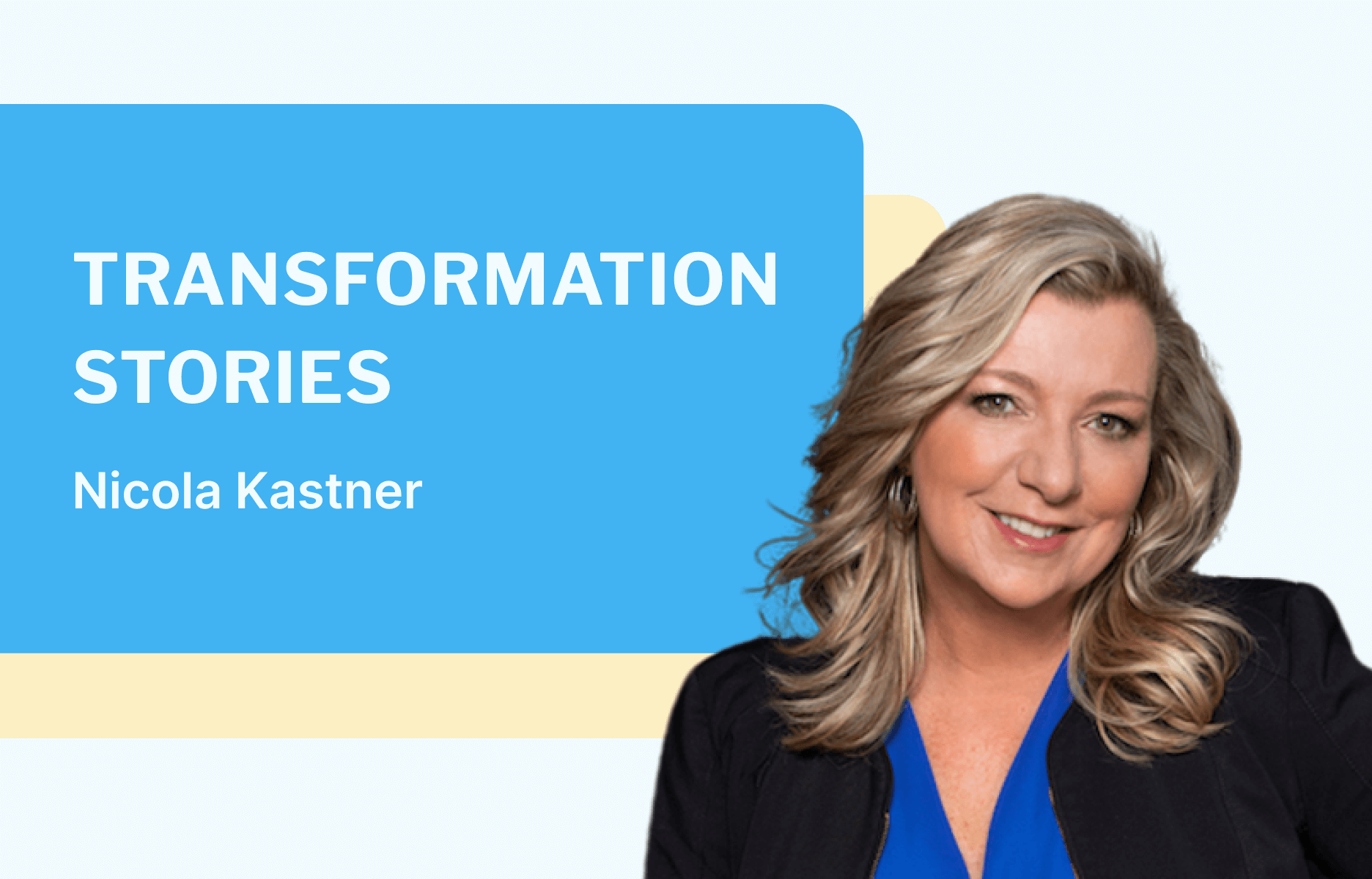
It’s lonely at the top for event leaders – CEO of ELX
It can be “lonely at the top” for event leaders – making it crucial for senior roles to share and develop best practices, according to the new CEO of an exclusive industry community. Nicola Kastner was recently announced as chief executive officer of Event Leaders Exchange (ELX), holding extensive experience such as Global Vice President ...
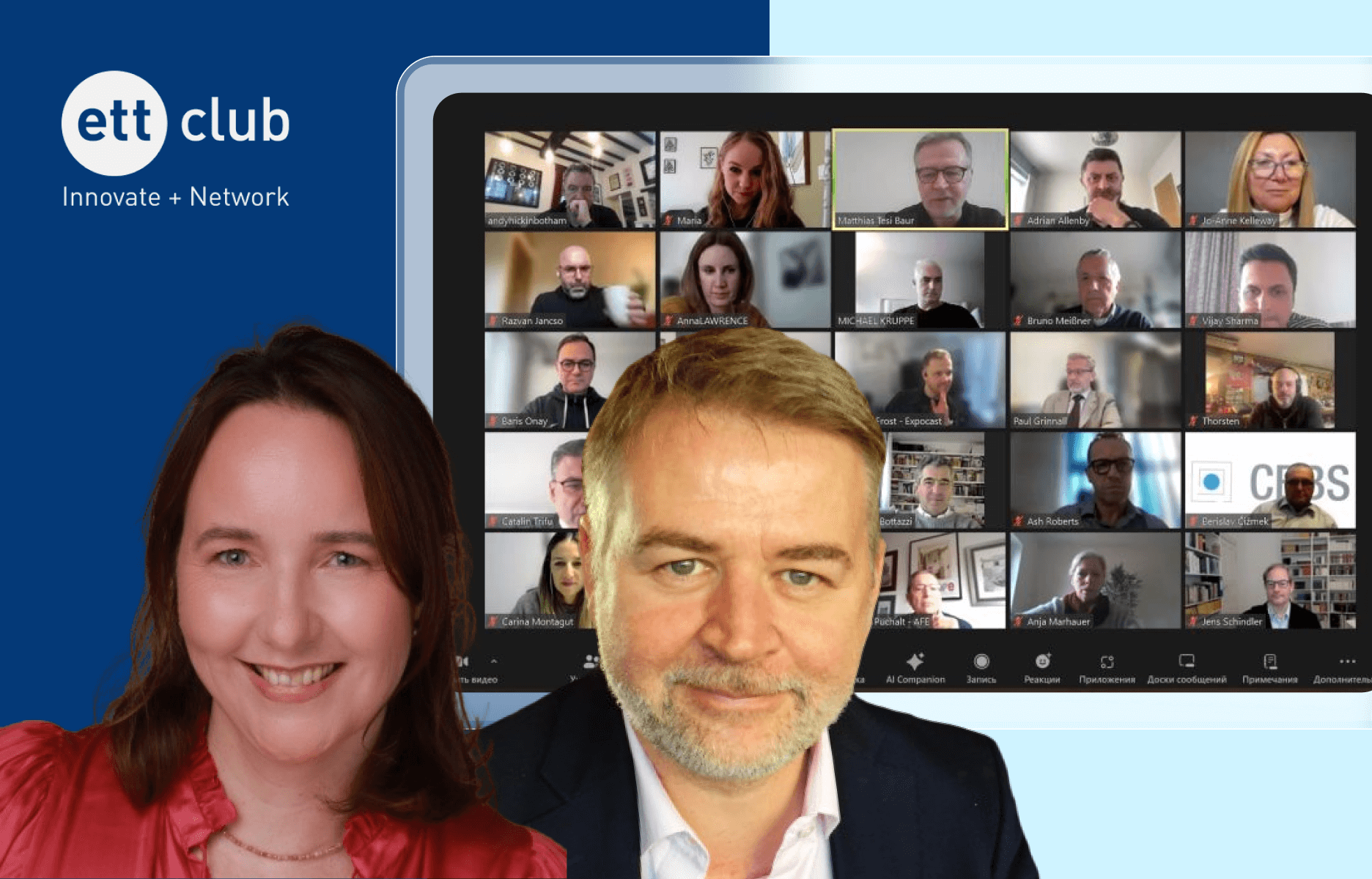
ETT Club bids farewell after almost four years
The Exhibition Think Tank Club has bid a fond farewell to events industry colleagues after almost four years of collaboration. A special session was held with members from around the world who wanted to give their feedback on how the project had impacted them and their approach to business. ETT Club, as it is known, ...
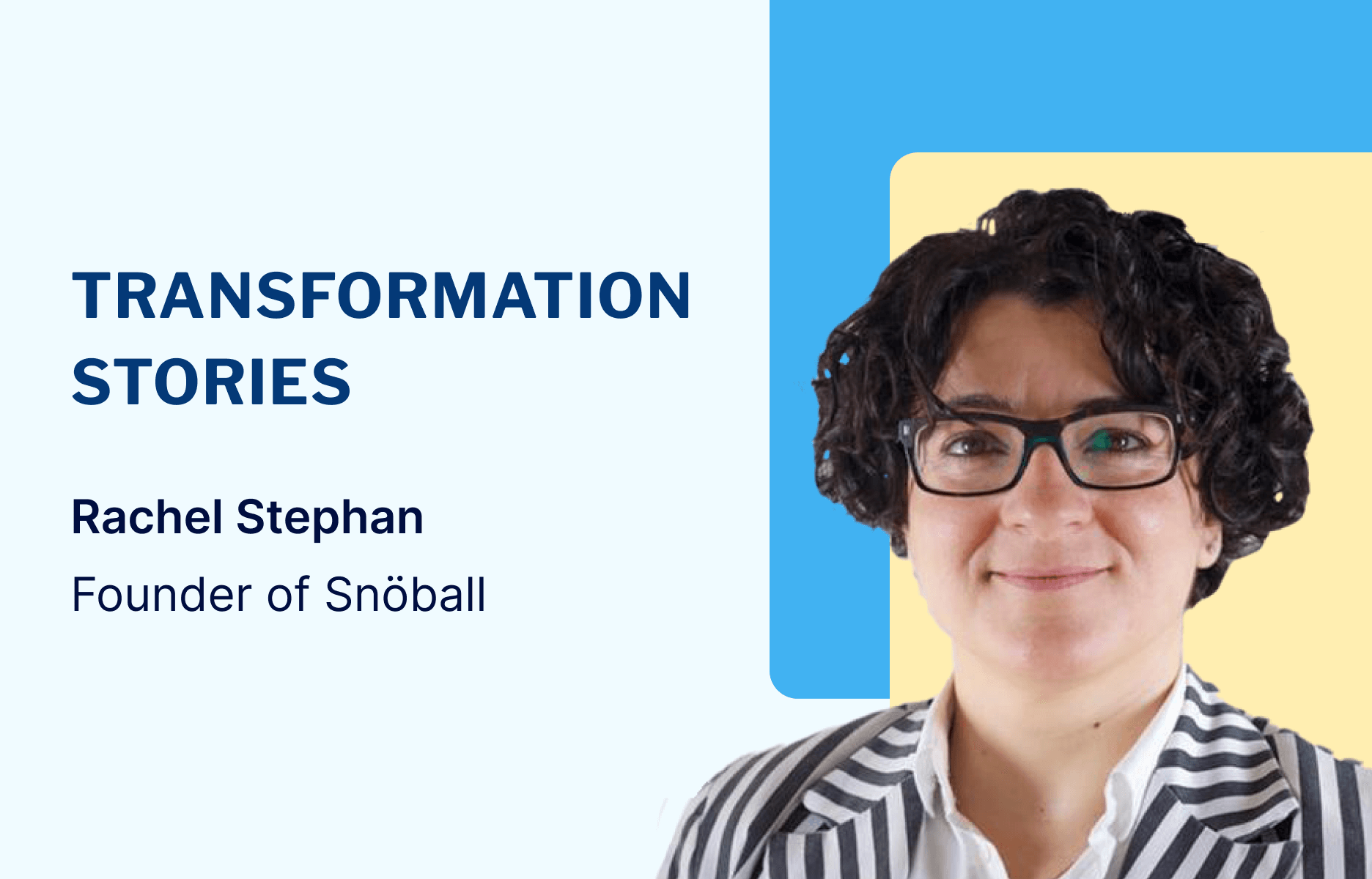
How digital word of mouth can boost your event marketing
Digitized “word of mouth” event marketing can drastically boost conversion rates compared to traditional campaigns, according to an industry leader. This online referral approach sees speakers, attendees, exhibitors and influencers all take part in promoting a live show using their own social media and email platforms. Rachel Stephan, founder of Snöball, explained how this tactic ...
